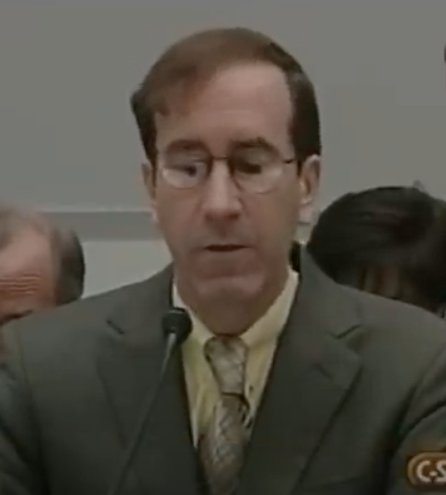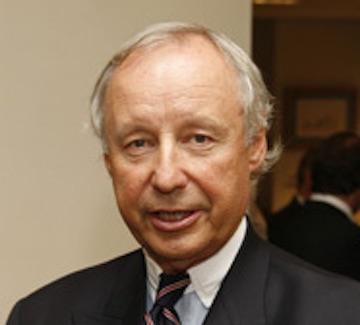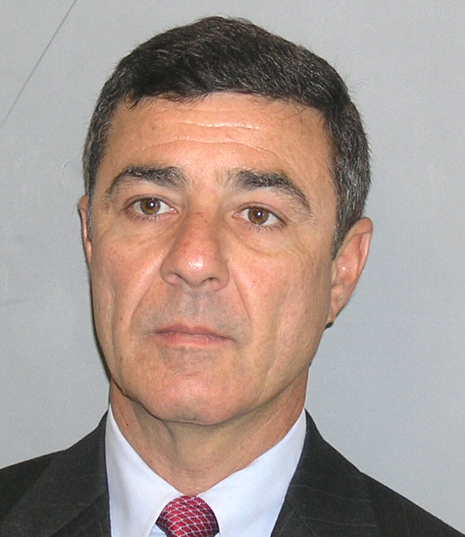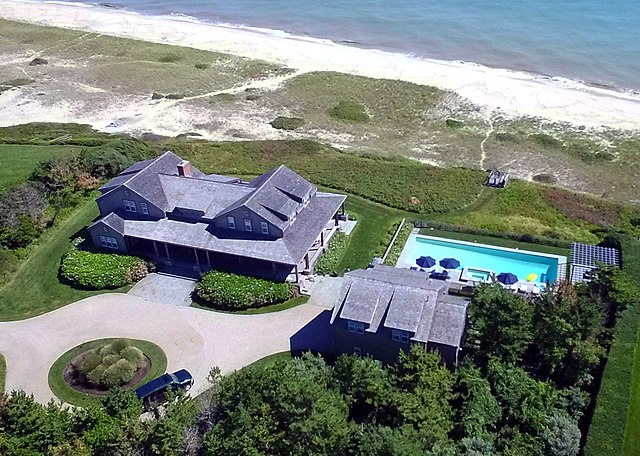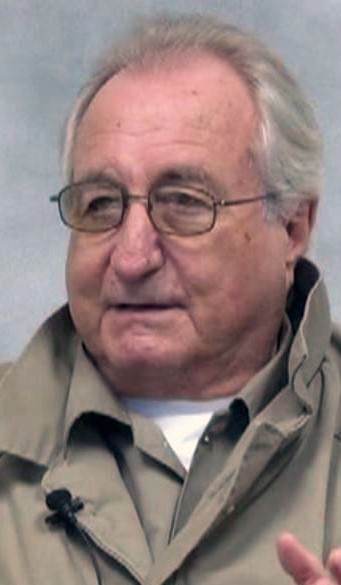The shocking story behind the biggest swindle in the history of Wall Street.
But, if many of Madoff’s clients were happy to not question his returns and process, the cynical, highly competitive and data driven world of Wall Street always invited scrutiny of its biggest stars, even if this was the result of envy or alienation. In Harry Markopolos, one found an individual motivated by both market place rejection and a competitively brilliant grasp of financial marketplace analytics. In 1999, Markopolos was employed as a portfolio manager by Rampart Investment Management, a small Boston, Massachusetts options trading shop that managed a modest amount of money. Markopolos was quite familiar with Bernie Madoff, his firm having marketed a split-strike conversion product that he helped develop. Unfortunately, the product did not generate particularly good returns and was eventually scrapped, Markopolos additionally both intrigued and frustrated by repeated stories of the phenomenal performance generated by Bernie Madoff. If you’re so smart, why the hell can’t you do what Bernie does? His hard boiled, Boston sales compatriots constantly needled him. To a quant like Harry Markopolos this was the ultimate put down and challenge, but there wasn’t much he could substantively do about it.
That changed when a senior co-worker named Frank Casey, returned from a New York sales call he had taken with Rene-Thierry Magon de la Villehuchet at Access International Advisers. Villehuchet not only managed money for some of Europe’s most high profile aristocrats he was literally a member of the French nobility himself. In his sixties, he was a client of Bernie Madoff’s since 1985, and rebuffed Casey’s sales pitch with glowing accounts of Madoff’s consistent high returns and reporting process that purported to send daily updates of all transactions performed on behalf of Access’s accounts. Casey then played the only sales card he had left, asking why Rene-Thierry allowed Madoff to hold the securities he purchased on Access’s behalf himself, as opposed to a third party custodian which was required for registered investment managers. Villehuchet’s answer was simple. Bernie Madoff wasn’t a registered money manager, so he was not required to do so and the Frenchman was dismissive of any of Casey’s concern, saying he trusted Madoff implicitly. The meeting quickly terminated with at least Villehuchet providing a copy of his returns and portfolio performance. Casey subsequently got seven years of such performance from Broyhill Securities’ All Weather Fund, another Madoff feeder fund and tossed this information on Markopolos’ desk.
This article was quickly followed up by another piece in the much more formidable business publication, Barrons, written by Erin Arvedlund. Again, although not accusatory, it was certainly skeptical of Madoff with similarly specific questions. Madoff’s response to these articles was to have Frank DiPascali construct a fake in-house computer terminal that supposedly was a trading platform connected to other trading counter parties, in fact it was connected to another employee’s in house terminal, hidden in another part of the office, all of these simulated trades completely bogus. Another DiPascali creation was a supposed live screen of an account at the Depository Trust and Clearing Corporation, known as the DTC, where securities owned by Madoff purchased during alleged trades were being held in his account. The fake reproduced the DTC’s logo, fonts, formats even the type of paper used for actual DTC reports.
On December 11, 2010, on the second anniversary of his father’s arrest, Mark Madoff committed suicide by hanging himself from his apartment ceiling with a dog leash. At the time of his death he was the subject of nine federal lawsuits, including suits brought by trustee Picard. His wife had already changed her and their childrens’ last name to Morgan. Unlike Andrew he seemed deeply sensitive to allegations that he knew about the fraud. His body was discovered by his stepfather in law when he rushed to the apartment after Mark’s wife received some alarming e-mails, Madoff’s 22 month old son and pet dog left alone in the apartment. This suicide, did not stop the relentless Picard, who then filed suits against Mark’s ex-wife and current spouse to recover funds deemed ill gotten gains.
Upon sentencing Bernie Madoff was sent to the Federal Correctional Institution at Butner, North Carolina. He occasionally granted interviews that were mostly self-serving with Madoff blaming his behavior on the culture of Wall Street or getting in over his head on something he never meant to pursue on a long term basis. He expressed exasperation with his clients who he labeled as greedy, especially the big four, three of whom were now dead. Although he continued to correspond with his wife, his two sons allegedly never spoke to him again, after he confessed his role in the fraud, one of few developments in his life that actually seemed to disturb him. Although initially accounts of him being assaulted in prison circulated in the media, he eventually referred to Butner as a relatively pleasant place akin to a college campus, his main objection to prison the sheer boredom it entailed.
Podcast: Play in new window | Download
Subscribe: RSS

